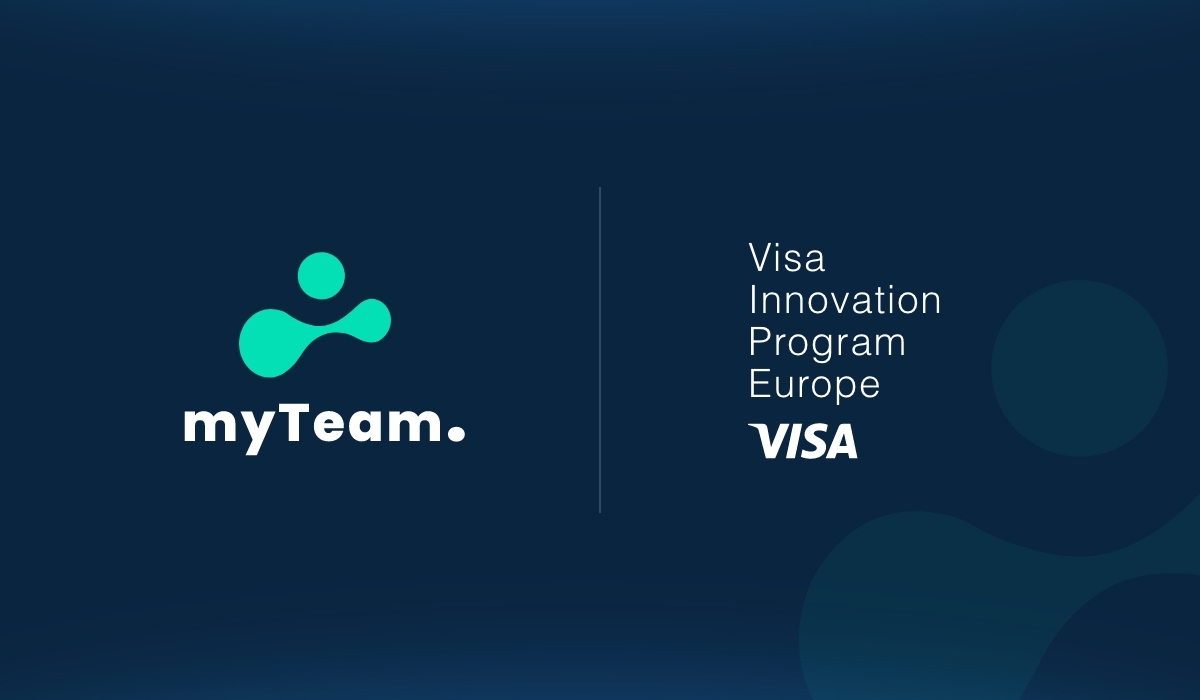The benefits of sports on psychosomatic health are well-known. But how does a young person’s life unfold when sports and education coexist? What is the nature and, eventually, the outcome of their interaction? Although the discussion about the impact of sports on education is still ongoing, it is undeniable that sports constitute a dynamic field capable of shaping the lives of young people.
The administration of each sports club should take seriously into account the multifaceted daily lives of their members and form its program and activities in a way that recognizes the demanding teenage life. The heads of a sports academy are tasked not only with accomplishing team goals but also with shaping a sports environment that would enhance the educational as well as the social development of their athletes.
In this article, we attempt to address the concerns of parents regarding the potential benefits of sports (especially team sports) in the realm of education. In the second part, our attention turns to sport clubs administration, suggesting ways in which they could reshape their sports environment focusing on enhancing school or university performance of their members.
A message to the parents: The impact of sports on advancing school performance
Although the positive aspects of physical exercise are often discussed, the opposing view still persists. Some argue that the competitive world of sports distracts students from their daily school or university duties or even distorts the values that the educational system seeks to convey. This line of argument draws a parallel between the discipline and conformity required by team sports with the operation of a military group. Its aim is to convince us that sports culture lacks any usefulness in the contemporary work environment, whose main characteristics are flexibility and individual innovation.
However, the counterargument in favor of sports has strong foundations and is supported by indisputable evidence. For example, a study on the impact of sports activities on teenagers conducted in the USA in 2016 led to compelling conclusions:
“student-athletes tend to have better grade-point averages, attendance, and discipline and lower dropout rates than students who do not compete in interscholastic athletic programs.” [1]
Reading the relevant article by Forsyth, Martin, and Whisenant, we learn that:
“Through athletic participation, students learn lessons such as teamwork, the value of fair play, winning and losing, the benefits associated with hard work, self-discipline, self-confidence, and skills to handle competitive situations.”[2]
These conclusions are not surprising. It is widely acknowledged that sports empower athletes to set and pursue goals, to not give up when faced with difficulties and recover after an unsuccessful outcome. Specifically, during an exam period, in which a lot are (possibly) at stake, sports experience is the most valuable ally. Exams could be compared to an art performance, for which the artist has been rehearsing for months before hitting the stage, or a sports game, where months of practice come down to instinctive decisions made by each player. What could be a better preparation for school exams than to have already experienced a similar stressful situation?
A message to administrations: A new strategy for shaping sports programs
In the following lines, we focus our attention on sports team administrations. Our goal is to illuminate the significance of promoting innovative sports programs that intertwine sports with the academic or school life of its members. This perspective could be fruitful not only for the daily lives of the members but also for the club’s brand image. By adopting such a viewpoint, it is possible to integrate sports activities into the demanding educational routine as well as to enhance players’ performance in both fields. Let’s examine some ways in which this can be achieved:
- Stress Management Lesson: Introduce stress management exercises before training in order to help athletes deal with stressing situations which are quite common to both sports and academic or school life. Hence, each player will be equipped with ways to handle high-pressure situations, maintain focus, and perform her tasks (both sports and academic) effectively.
- Guidance Seminars: Replace one training session (within a range of a semester) with an open discussion between athletes and a prominent former or current athlete who has excelled academically. It is crucial for young players to communicate with someone close to their age who can grasp their emotional situation and their sports aspirations. Providing advice on how to successfully combine sports with school duties could be more valuable than an ordinary training session.
- Recognition of Academic or School Excellence: In the context of the annual festival of your sports club, establish awards for ‘school performance MVP’, ‘most improved player-student’, etc. Implement the idea that excellence in both fields is achievable and praiseworthy
- Cultivate a collaborative culture: As we discussed in the article about the benefits of teamwork and cooperation, shaping such an atmosphere is what turns a club into a family. A strong sense of community, where teammates help and support each other (concerning both in-game tasks and school duties) and enjoy each other’s achievements, contributes to overcoming the obstacles that the various levels of education bring to the path of each athlete.
Striking a balance between sports and education
Despite the complexity of the intersection between sports and education, our approach can be summarized as follows: combining them is beneficial! This motto applies not only to athletes and parents but also to sports administrations. As a head of a sports academy, you should not turn a blind eye to the demanding life of your members. It is your duty to shape your training sessions accordingly and take the necessary initiatives so that it would be considered normal for the athlete to attend school in the morning and team practice in the afternoon (and not a feat!). Embracing this perspective ensures the enhancement of your brand image, bringing about multiple benefits.
Book a presentation to have a look at the features of the platform by clicking here.
[1] Eric W. Forsyth, Tywan G. Martin και Warren A. Whisenant,“Interscholastic Athletics” στο Contemporary Sport Management (επιμ. P. M. Pedersen και L. Thibault), Human Kinetics 2019, σελ. 301.
[2] Eric W. Forsyth, Tywan G. Martin και Warren A. Whisenant,“Interscholastic Athletics”, ό.π., σελ. 302.



